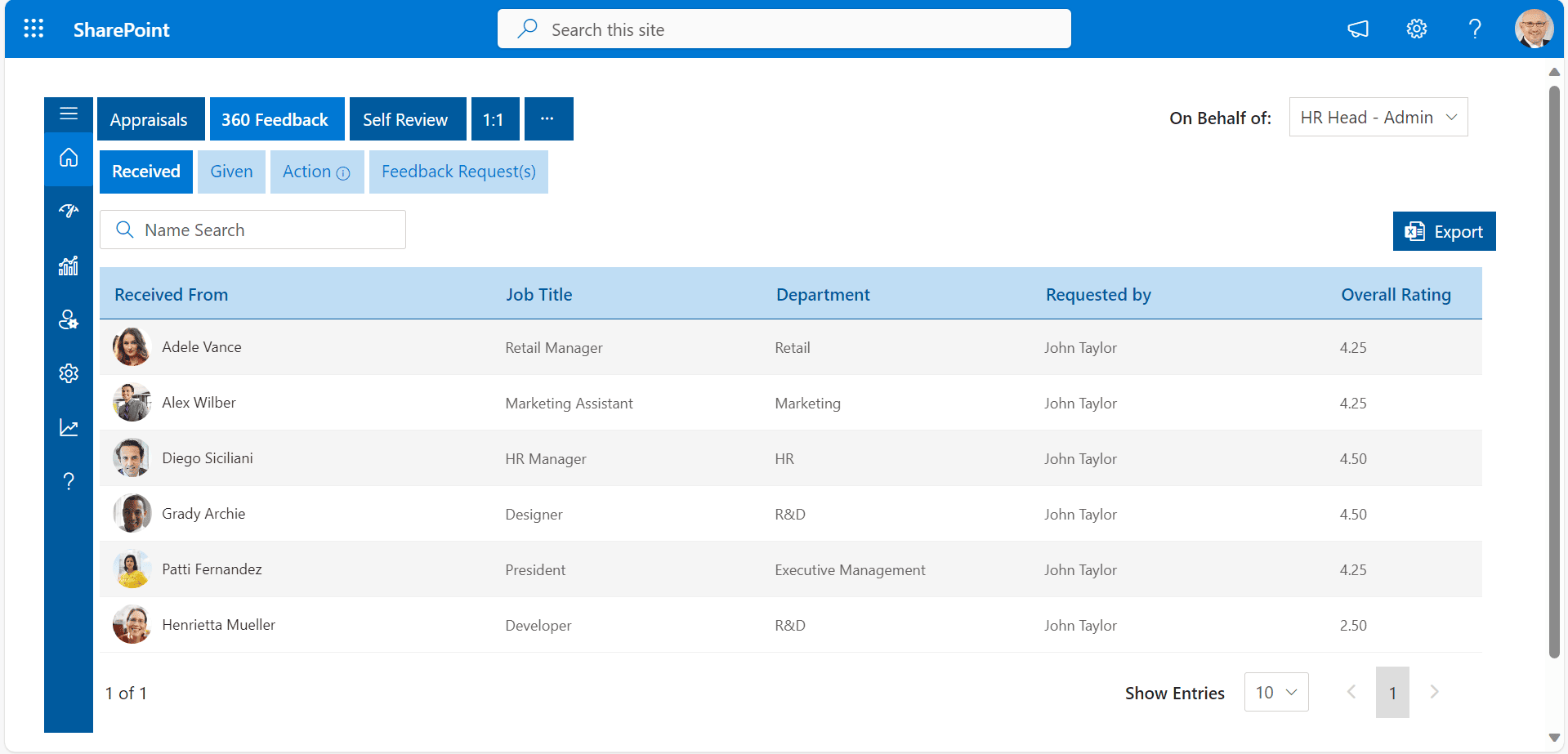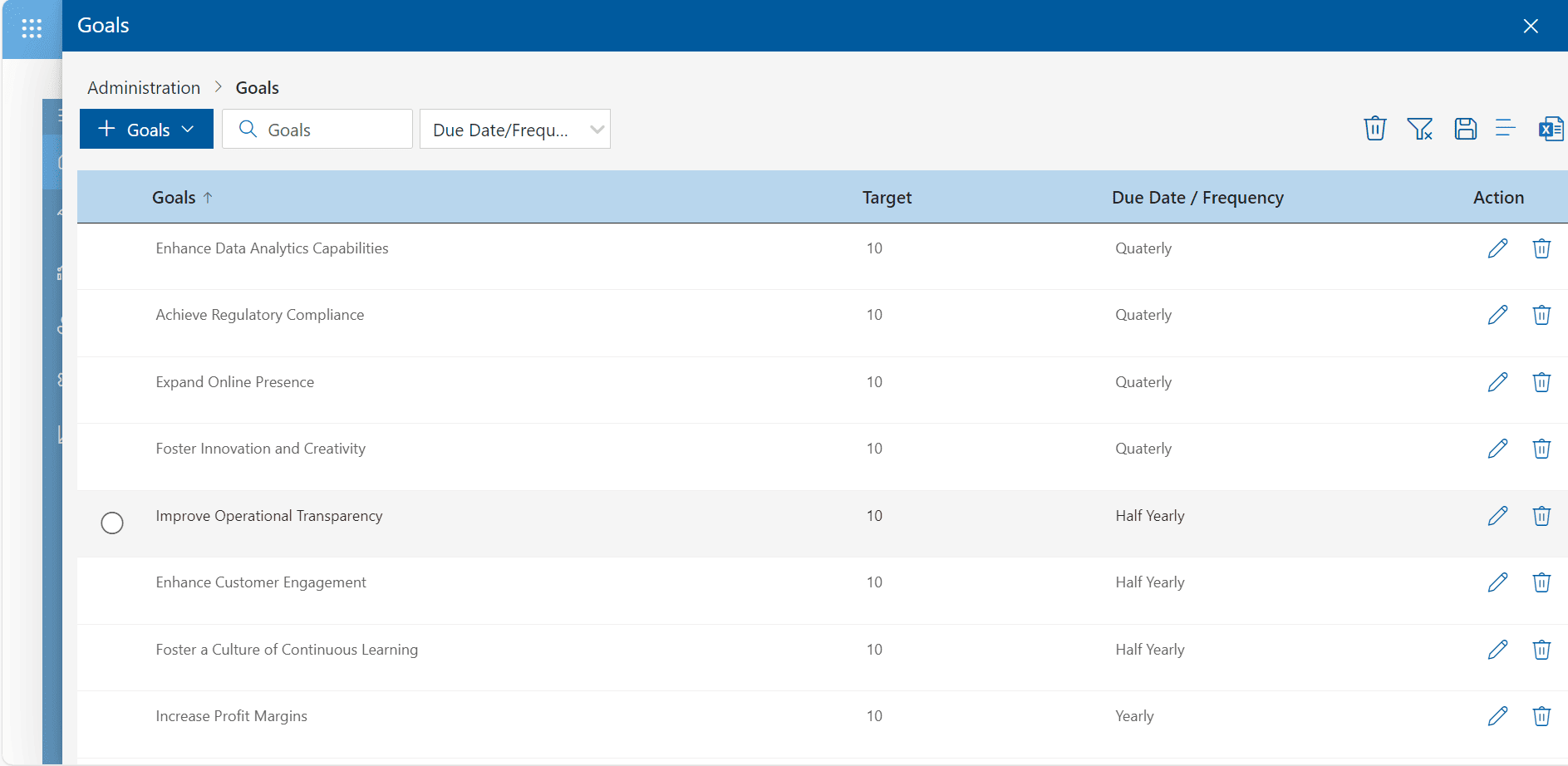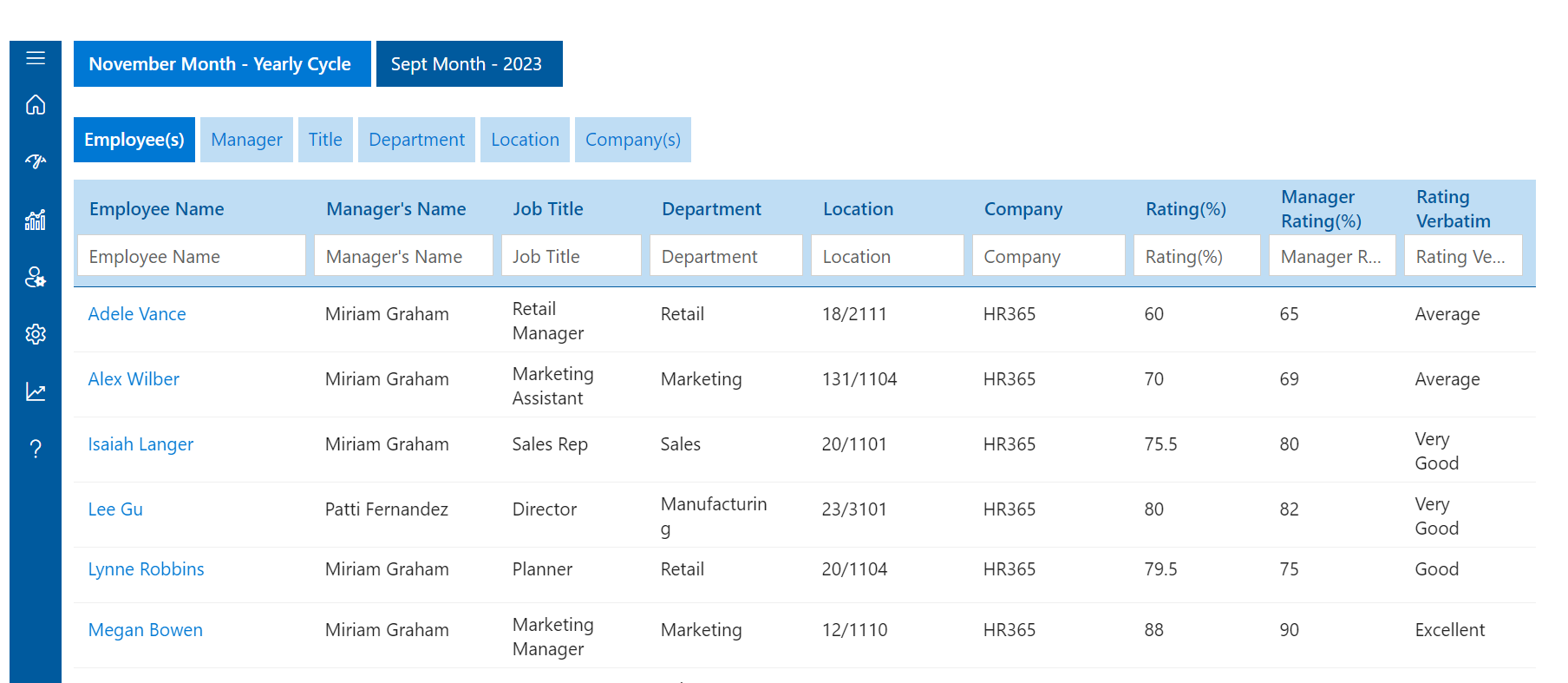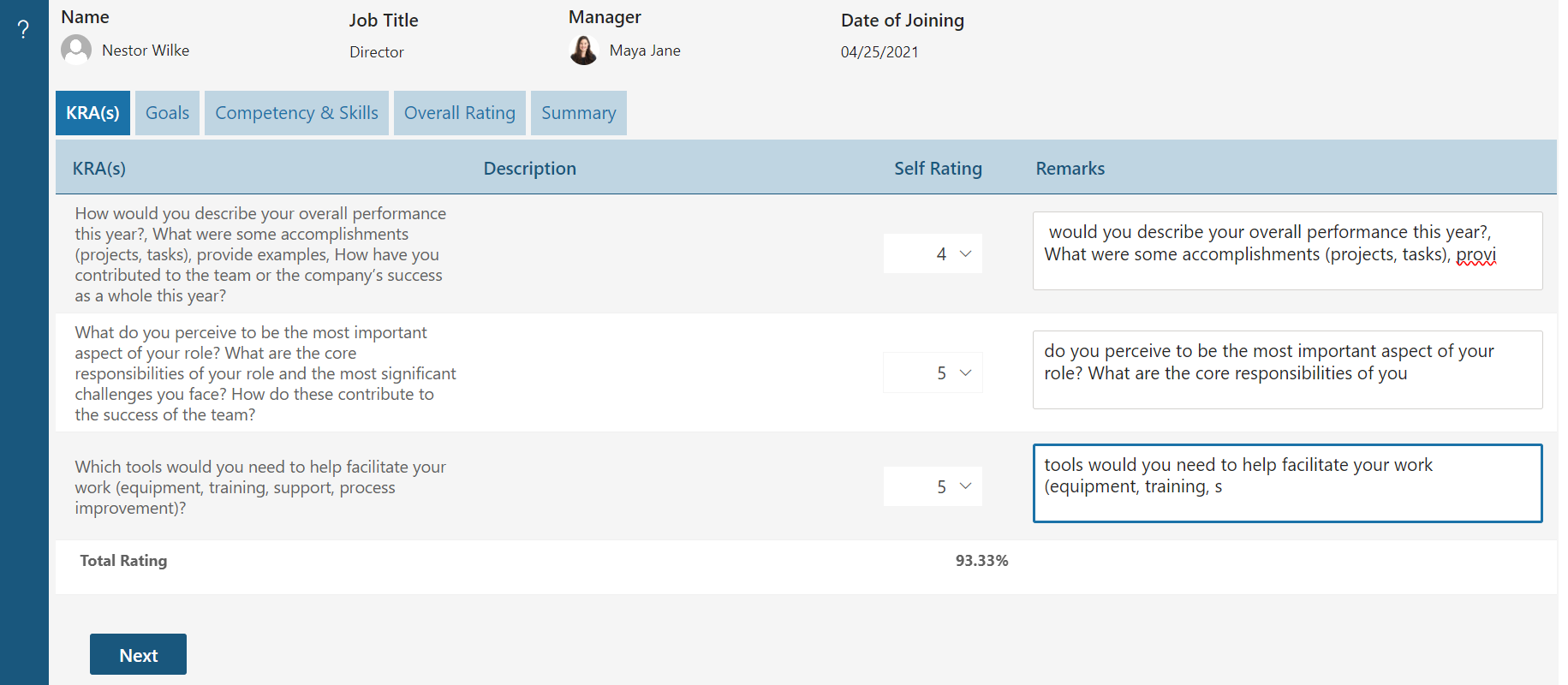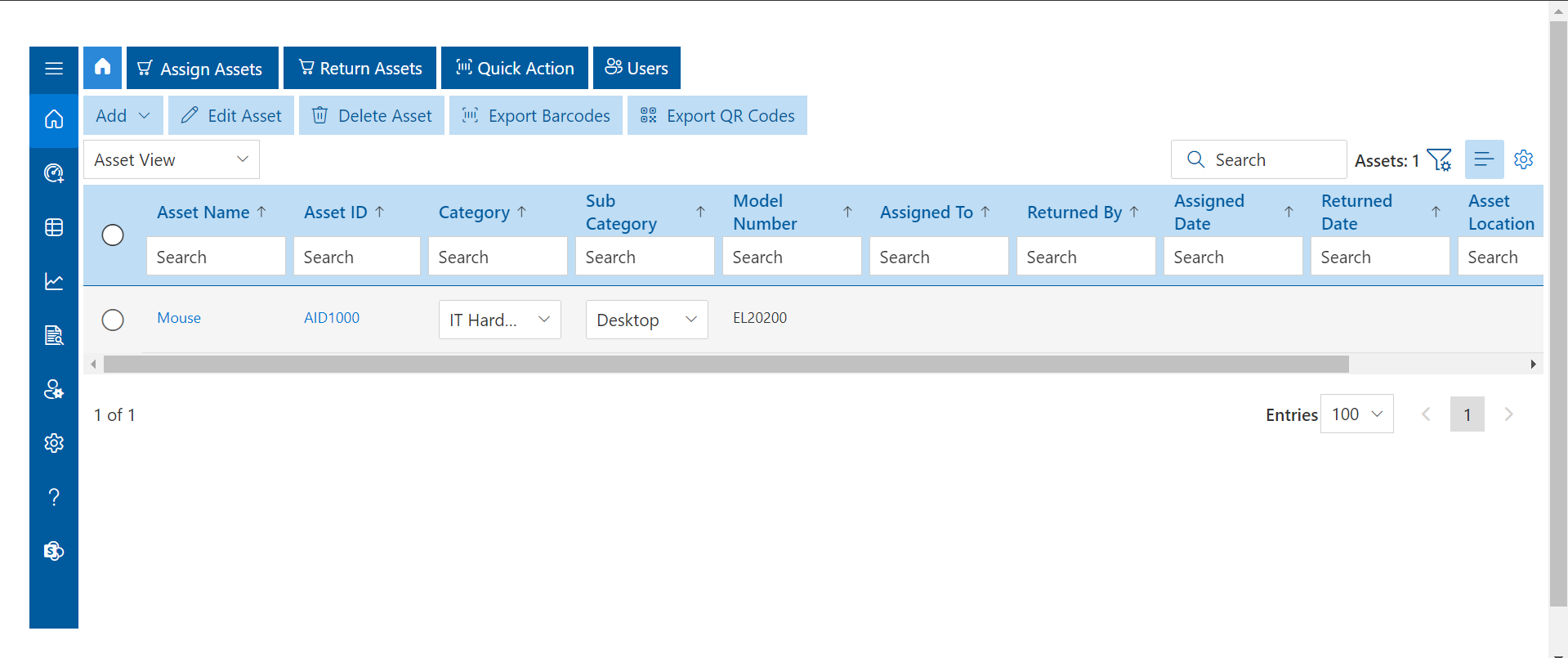Performance Evaluation Method
Selecting the right performance evaluation method is crucial for fostering growth and maximizing productivity within any organization.
Performance Evaluation Methods to Achieve Goals- Complete Guide
Evaluating employee performance is critical for organizational growth. In this guide, you will get brief idea about effective evaluation methods. These ideas will provide valuable insights into individual contributions, aiding decision-making for achieving company objectives. By implementing these methods, you’ll gain a comprehensive understanding of your workforce’s strengths and areas for improvement.
Armed with this knowledge, you can take targeted actions to enhance productivity and drive progress. Embracing these strategies fosters a culture of continuous improvement, ultimately propelling your organization toward success.
What is the Performance Evaluation Method?
Performance evaluation is a structured approach employed by organizations to gauge employees’ job effectiveness. It encompasses assessing key facets of an individual’s performance, including productivity, work quality, job proficiency, communication abilities, and alignment with organizational objectives.
Through this process, employers can identify strengths, areas for improvement, and training needs, facilitating informed decision-making on promotions, rewards, and development strategies.
Effective performance evaluations foster employee engagement, professional growth, and organizational success by providing constructive feedback and fostering a culture of continuous improvement.
What Are the Advantages of the Performance Evaluation Method?
Performance evaluation method offer several advantages for both organizations and employees:
1) Feedback and Improvement:
Performance evaluations offer employees valuable insights into their strengths and areas for improvement, fostering a culture of continuous growth and development within the organization. By receiving constructive feedback, employees gain clarity on their performance, enabling them to identify specific actions for enhancing their effectiveness in their roles. This feedback loop encourages self-reflection and accountability, empowering employees to take ownership of their professional development journey. Moreover, it strengthens the manager-employee relationship by facilitating open and honest communication about performance expectations and progress. Ultimately, this focus on feedback and improvement contributes to a more engaged, motivated, and high-performing workforce.
2) Goal Setting:
In performance evaluations, setting clear and measurable goals is crucial for guiding employees’ efforts towards achieving organizational objectives. These goals provide a roadmap for individuals to focus their efforts, track progress, and evaluate performance effectively. By aligning personal objectives with broader organizational goals, employees gain clarity on their roles and contributions to the company’s success.
Regular reviews of these goals foster accountability and enable adjustments to ensure continued alignment with evolving priorities. Ultimately, performance evaluation software serves as a cornerstone for driving productivity, motivation, and overall success within the organization.
3) Identification of Training Needs:
Performance evaluations serve as a valuable tool for identifying training needs within an organization. Through systematic assessment, managers can pinpoint areas where employees may lack proficiency or require further skill enhancement. This insight allows for the design and implementation of targeted training programs tailored to address these specific gaps.
By investing in employee development based on performance evaluations, organizations can foster continuous improvement, enhance employee competencies, and ultimately, drive organizational success. Regular assessment of training effectiveness ensures that resources are allocated efficiently and that employees receive the support needed to excel in their roles.
4) Recognition and Rewards:
Performance evaluations serve as a platform for acknowledging and rewarding employees’ outstanding performance and contributions. Recognizing achievements during evaluations reinforces desired behaviours and motivates employees to continue excelling in their roles. Rewards may include bonuses, promotions, or non-monetary recognition, tailored to individual preferences and accomplishments.
Such acknowledgment not only boosts morale but also fosters a positive work culture, encouraging sustained engagement and dedication. By linking recognition directly to performance evaluations, organizations reinforce their commitment to valuing and appreciating employees’ hard work and dedication.
5) Promotion and Career Development:
Performance evaluations play a crucial role in identifying high-performing employees who demonstrate potential for advancement within the organization. By consistently recognizing and rewarding excellence, companies foster a culture of meritocracy, where individuals are promoted based on their demonstrated skills and contributions.
These evaluations serve as a basis for making informed decisions about promotions and career development opportunities, ensuring that the most deserving candidates are given the chance to grow and excel within the company. This process not only motivates employees to perform at their best but also enhances overall organizational effectiveness by aligning talent with strategic objectives.
6) Communication and Alignment:
Performance evaluations serve as a platform for transparent communication between managers and employees, fostering open discussions about performance expectations, progress, and any obstacles faced. This dialogue ensures that employees are fully aware of organizational goals and objectives, promoting alignment and clarity. By addressing concerns and offering constructive feedback during evaluations, managers can guide employees towards improved performance and development opportunities.
This ongoing communication not only strengthens the relationship between managers and their teams but also enhances overall organizational effectiveness by keeping everyone focused on shared goals.
7) Legal Compliance:
Employee performance evaluation software provides a valuable documented record of an employee’s performance, offering crucial evidence in legal contexts such as disputes over promotions, terminations, or other employment-related matters. By maintaining accurate and thorough performance records, organizations can mitigate risks and protect themselves in the event of legal challenges.
These evaluations serve as objective evidence of an employee’s achievements, areas of improvement, and any performance-related discussions held between managers and employees. Such records offer transparency and accountability, ensuring fair treatment and adherence to employment laws and regulations.
8) Employee Engagement and Retention:
Regular performance management software serves as a powerful tool to convey to employees that their contributions are valued and recognized within the organization. By highlighting opportunities for growth and advancement, these evaluations demonstrate a commitment to employee development, fostering higher levels of engagement and enhancing retention rates.
When employees feel acknowledged and supported in their career aspirations, they are more likely to remain committed to the organization and actively contribute to its success. This culture of recognition and investment in personal growth not only boosts morale but also cultivates a motivated workforce dedicated to achieving collective goals.
Types of Performance Evaluation Method
In the methods of performance evaluation there are lot of things to discuss, but it varies depending on the organization’s objectives, culture, and the nature of the work being evaluated. Here are some common types of performance evaluation methods:
1)360-Degree Feedback: Involves collecting feedback from multiple sources, including supervisors, peers, subordinates, and sometimes external stakeholders, to provide a comprehensive view of an individual’s performance.
2)Management by Objectives (MBO): Employees and managers collaboratively set specific, measurable, achievable, relevant, and time-bound (SMART) objectives, which serve as the basis for evaluating performance.
3)Key Performance Indicators (KPIs): Focuses on quantifiable metrics relevant to individual or organizational goals. KPIs can vary widely depending on the nature of the job and the organization’s objectives.
4)Rating Scales: Employees are evaluated based on predefined criteria using rating scales, such as numerical scales or descriptive labels (e.g., excellent, satisfactory, needs improvement.
5)Behaviourally Anchored Rating Scales (BARS): Combines elements of rating scales and critical incidents methods. Specific behaviours are identified and described for each performance level, providing a more objective basis for evaluation.
6)Critical Incidents Method: Involves documenting specific examples of exemplary or deficient performance throughout the evaluation period, which are then used as the basis for assessment.
7)Self-Assessment: Employees evaluate their own performance against predetermined criteria, providing insights into their perceptions of their strengths and areas for improvement.
Who can use Performance Evaluation Method?
The Performance Evaluation Method can be utilized by various entities including:
1)Employers and Managers: Employers and managers rely on performance assessment as a fundamental tool to evaluate their employees’ work and provide constructive feedback for growth and recognition. Through structured evaluations, they gauge individual contributions, strengths, and areas needing improvement, fostering professional development and organizational effectiveness. These assessments serve as a compass for aligning employee efforts with company goals, ensuring optimal performance and productivity. Moreover, they offer a platform for acknowledging exemplary performance, motivating employees, and fostering a culture of appreciation and advancement within the workplace. In essence, performance assessment is a vital component of effective management, driving continuous improvement and enhancing overall team performance.
2)Employees: Employees leverage SharePoint performance management software as a valuable tool for self-assessment, aiding in the identification of strengths and areas for growth. By setting clear goals and benchmarks, they can effectively track their progress over time, facilitating personal development and career advancement. Through this process, employees gain insights into their performance, enabling them to make necessary adjustments and improve their skills and efficiency. Additionally, self-assessment fosters a sense of accountability and ownership over one’s work, empowering individuals to take proactive measures towards achieving their professional objectives. In essence, performance review serves as a guiding compass for employees, enabling them to navigate their career paths with clarity and purpose.
3)Human Resources Departments: Human Resources departments play a pivotal role in managing the implementation of performance evaluation methods throughout an organization. They design and administer evaluation processes, ensuring they align with company objectives and values. HR professionals often provide training and support to managers and employees on how to conduct evaluations effectively, promoting fairness and consistency. Additionally, HR departments analyze evaluation data to identify trends and areas for improvement in employee performance and organizational effectiveness. Through their oversight, HR departments contribute to fostering a culture of continuous feedback and development within the workplace, ultimately enhancing employee engagement and productivity.
4)Educational Institutions: In educational institutions, teachers and professors employ performance evaluation methods to gauge the progress and performance of their students. These methods may include assessments, tests, projects, and other forms of evaluation tailored to the subject and learning objectives. Through these assessments, educators can identify students’ strengths and areas needing improvement, providing targeted feedback and support. Performance management software also help educators adjust teaching strategies to better meet the needs of individual students or the class.
5)Athletic Coaches: Athletic coaches rely on performance management software methods to meticulously assess the performance of both individual athletes and teams. They employ various metrics such as statistics, observation, and feedback to analyze strengths, weaknesses, and areas for improvement. By closely monitoring performance, coaches can tailor training regimens and strategies to address specific needs and optimize athletic development. These evaluations also facilitate constructive communication between coaches and athletes, fostering a supportive environment for growth and enhancement.
6)Healthcare Professionals : Healthcare professionals, including doctors, nurses, and others, utilize performance evaluation methods to assess their clinical skills and patient care practices. Through structured evaluations, they can gauge their effectiveness in diagnosis, treatment, and communication with patients and colleagues. These assessments often involve peer reviews, patient feedback, and adherence to established clinical guidelines and protocols. By identifying areas for improvement, healthcare professionals can enhance the quality of care they provide and ensure patient safety and satisfaction.
7)Consultants and Advisors : Consultants and advisors utilize Microsoft performance management software to gauge the efficacy of their strategies and solutions in providing advisory or consultancy services. Through comprehensive assessments, they analyze the impact of their recommendations on client objectives and outcomes. These evaluations may involve client feedback, project milestones, and key performance indicators to measure success. By assessing their performance, consultants and advisors can identify areas of strength and areas for improvement, allowing them to refine their approaches and better meet client needs.
8)Nonprofit Organizations: Nonprofit organizations leverage performance evaluation methods to measure the impact of their programs and initiatives quantitatively and qualitatively. Through rigorous evaluation processes, they assess the effectiveness of their efforts in achieving their mission and serving their target populations. These evaluations often encompass metrics such as program outcomes, participant feedback, and community engagement levels. By analyzing these metrics, nonprofits can determine the success of their interventions and identify areas for improvement or expansion.
Conclusion
The evolution of performance evaluation methods reflects a commitment to adaptability in response to changing workplace landscapes and technological advancements. Today’s diverse array of performance evaluation tools signifies a shift towards accessibility and customization, catering to the unique needs of each organization. By seamlessly integrating intuitive interfaces with robust analytics, these modern solutions empower both employees and management to foster a culture of continuous improvement and organizational success. For those seeking additional insights and resources on performance evaluation methods, platforms like Performance Management 365 offer valuable software to navigate this crucial aspect of performance management effectively.
Frequently Asked Questions
Performance management system serves several crucial purposes for organizations. It helps identify strengths and areas for improvement in employees, enables effective feedback and coaching, supports career development and succession planning, facilitates rewards and recognition, and contributes to overall organizational performance and goal alignment.
The frequency of performance evaluations can vary depending on organizational policies and needs. Some organizations conduct evaluations annually, while others prefer more frequent reviews, such as quarterly or bi-annual assessments. The frequency should allow for meaningful feedback and goal setting while aligning with business cycles.
To ensure fairness and objectivity, organizations should establish clear evaluation criteria and standards, provide training for managers on conducting evaluations effectively, encourage open communication and feedback, ensure consistency in evaluation processes across departments, and periodically review and update evaluation methods to reflect evolving job roles and responsibilities.
Most of above if not all, can be addressed by out of the box, secured, easy to use and reliable Performance evaluation Method by Performance Management 365 from HR365 built on Microsoft 365 platform and used globally by 6000+ clients.
Performance evaluation methods play a crucial role in supporting employee development and growth by providing valuable feedback, identifying areas for improvement, and facilitating skill enhancement. Here’s how performance evaluation methods can support employee development and growth:
Identifying Strengths and Areas for Improvement: Performance evaluations assess an employee’s strengths, skills, and competencies, as well as areas where they may need improvement. By identifying both strengths and areas for development, employees gain insight into their performance and can focus on enhancing their skills and capabilities.
Setting Clear Performance Goals: Performance evaluations often involve setting clear, measurable performance goals and objectives aligned with the organization’s strategic priorities and the employee’s role. These goals provide employees with direction and motivation to improve performance and achieve professional growth.
Providing Constructive Feedback: Performance evaluations offer an opportunity for managers to provide constructive feedback to employees on their performance. Feedback should be specific, actionable, and focused on areas where improvement is needed. Constructive feedback helps employees understand their strengths and weaknesses and provides guidance on how to enhance their performance.
Supporting Training and Development Initiatives: Performance evaluations help identify skill gaps and development needs that can be addressed through training and development initiatives. Based on performance evaluation results, organizations can offer targeted training programs, workshops, seminars, or online courses to help employees acquire new skills and knowledge relevant to their roles and career aspirations.
Encouraging Continuous Learning: Performance evaluations encourage a culture of continuous learning and improvement within the organization. Employees are encouraged to seek out learning opportunities, take on new challenges, and pursue professional development to enhance their performance and contribute more effectively to the organization’s success.
Recognizing and Rewarding Achievement: Performance evaluations provide an opportunity to recognize and reward employees for their achievements, progress, and contributions to the organization. Positive reinforcement through rewards, incentives, promotions, or career advancement opportunities motivates employees to continue striving for excellence and pursuing growth opportunities.
Facilitating Career Development Conversations: Performance evaluations serve as a platform for meaningful career development conversations between managers and employees. Managers can discuss career aspirations, growth opportunities, and development plans based on performance evaluation results, fostering employee engagement and commitment to long-term career goals.
Promoting Accountability and Ownership: Performance evaluations promote accountability and ownership of individual performance and development goals. Employees take ownership of their development plans, track progress against goals, and actively seek opportunities to improve and grow professionally.
Overall, performance evaluation methods serve as a valuable tool for supporting employee development and growth by providing feedback, setting goals, identifying learning needs, and fostering a culture of continuous improvement and learning within the organization.
Schedule a free personalized 1:1 demo
By proceeding, you accept Cubic Logics’s terms and conditions and privacy policy






Start Your Free Experience
By proceeding, you accept Cubic Logics’s terms and conditions and privacy policy






Schedule a free personalized 1:1 demo
By proceeding, you accept Cubic Logics’s terms and conditions and privacy policy






Try It Free, No Obligation
By proceeding, you accept Cubic Logics’s terms and conditions and privacy policy






Request of the Free License
By proceeding, you accept Cubic Logics Terms and Conditions and Privacy Policy
Offer is expiring soon!
Fill in your details below to receive your personalized coupon code.
Start Your Free Experience
By proceeding, you accept Cubic Logics’s terms and conditions and privacy policy







